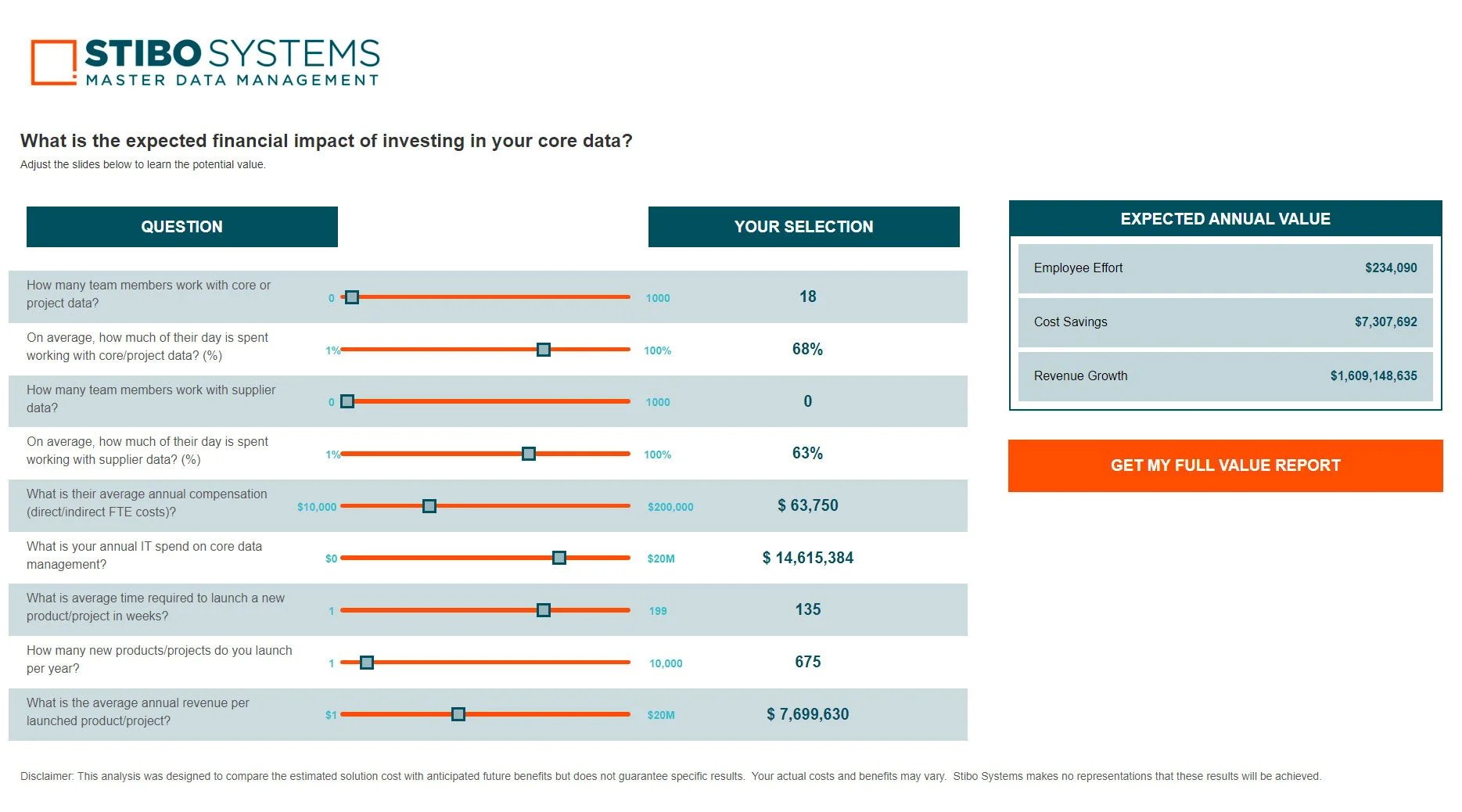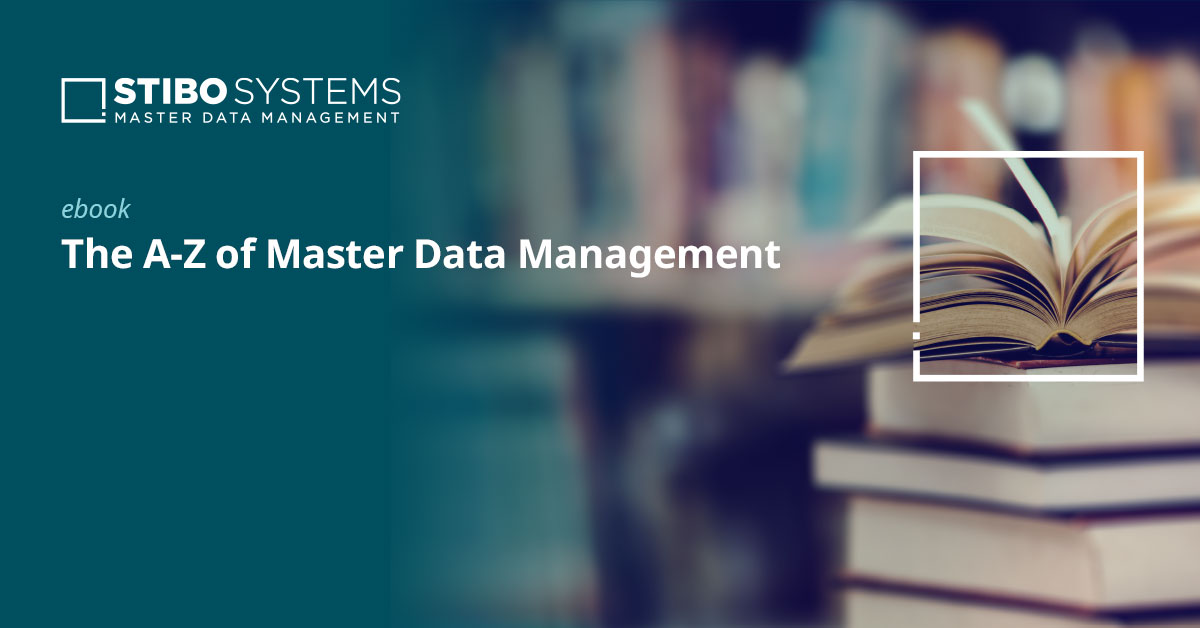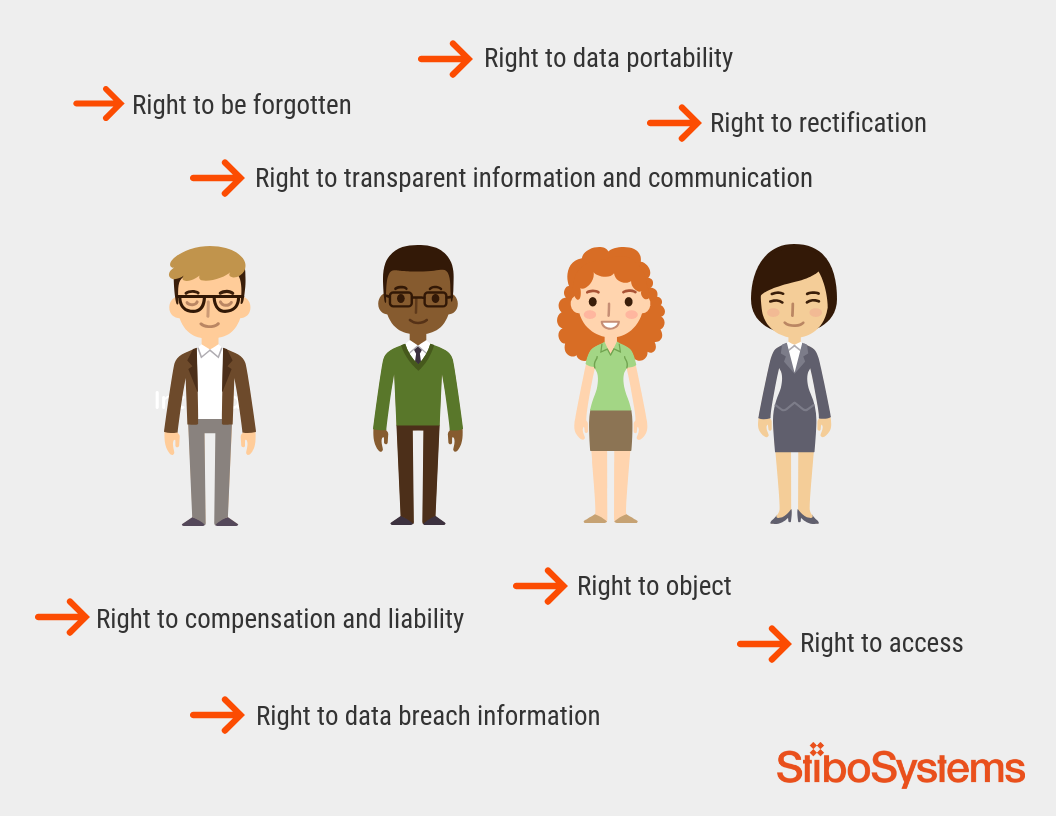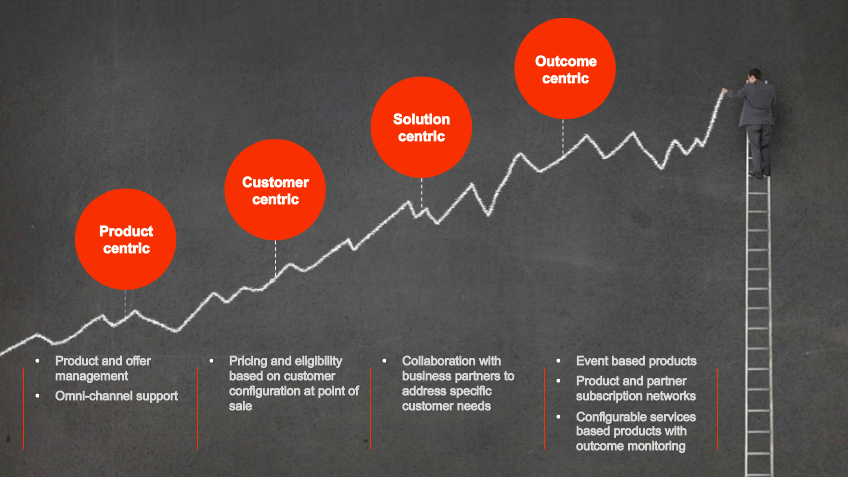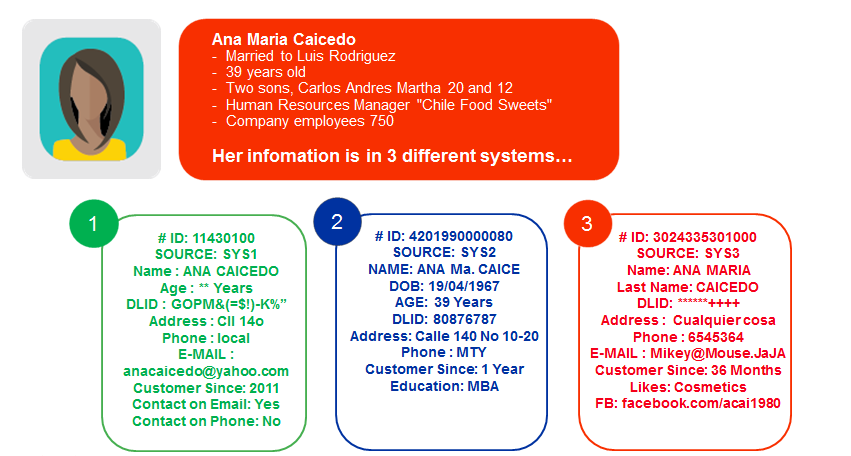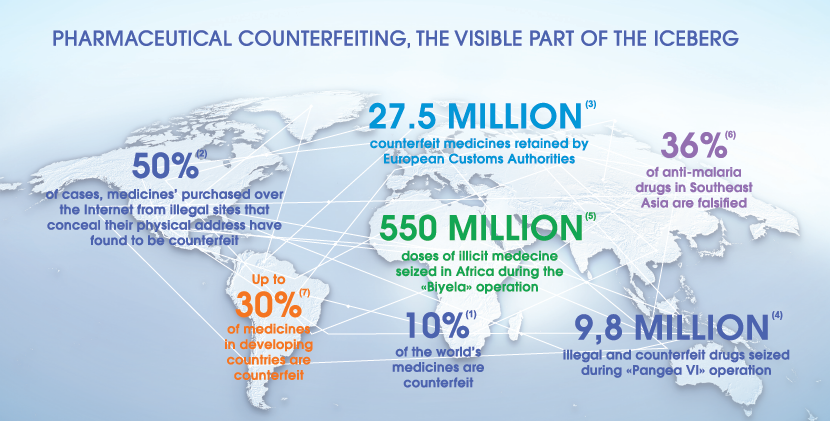Unlock the power of your data: 10 signs you really need a master data management platform
Cloud storage, regulatory compliance, security breaches – the list of factors that have driven companies to make changes to the way they manage data in recent years is endless. Combine this with the dramatic increase in the data most organizations now hold, and you end up with a highly challenging situation (and potentially missed business opportunities).
Take a look at your own data scenario. If any of the following sounds familiar to you, it may well be you have a data problem that needs to be fixed. Soon.
10 signs you need a master data management platform
Explore the 10 signs that your organization should consider a master data management platform:
1. Your IT department thinks it is not responsible for your data protection
With an increase in the number of companies choosing to outsource management of all, or aspects of, their IT infrastructure, many IT teams believe their technology service provider(s) bear the responsibility for data control. In fact, 69% of organizations wrongfully believed that “data protection, data privacy and compliance were the responsibility of the cloud service provider.”
When it comes to security and compliance, whether on-premise or in the cloud, your organization is very much responsible for all information you hold and not the third-party service providers you use.
It’s worth also considering this: data is a responsibility of the entire business and not just yourself or any one department, particularly if you want to achieve the most profitable outcomes from it. That is why you should look at data as a business challenge, and not solely as a data challenge.
2. You have experienced a data breach
The frequency and severity of data breaches are on the increase:
- Just under half (46%) of all UK businesses identified at least one cyber security breach or attack in the last 12 months.
- This rises to two-thirds among medium firms (66%) and large firms (68%).
If your organization fails to protect the personal or financial data it holds, then your business is at risk. The repercussions of a data breach made public can have a devastating impact on a company’s reputation, causing share prices to plummet as in the cases of Equifax and Clarksons.
It’s also worth noting that the more data you have, the more valuable it becomes to hackers, as businesses that hold electronic personal data on customers are more likely than average to have had breaches.
3. You are quickly running out of storage capacity
As the volume of data you hold grows, your storage capabilities shrink. And, an increase in storage capacity means an increase in costs. Yet, many companies don’t even know the nature of the data that’s filling up their valuable storage space, as “more than 50% of files being stored by organizations were of ‘unknown’ nature.”
Businesses are now realizing they must move away from a system that "saves-it-all" to one that’s able to identify and store only data that’s essential to their company and offers valuable insights or business-critical information.
Data management functionalities such as data synchronization as well as matching and linking to avoid duplication helps you store only what you need.
4. You cannot cope with the GDPR
Penalties for non-compliance with the General Data Protection Regulation (GDPR) are steep for serious violations with the potential for businesses to be fined EUR 20 million or up to 4% of their worldwide annual turnover.
The GDPR constitutes a radical change to data protection regulations, and companies must take steps to ensure all employees take responsibility for the way data is held and managed.
Your first step should be to evaluate whether your systems can manage the requirements of the regulation including your client’s rights to receive fair and transparent information about the processing of their data, right of access and the right of rectification.
Next is to look to invest in technology that can merge, clean and manage personal information to create a trusted record that eliminates out-of-date, incomplete or conflicting data. As a result, you’ll be able to identify and obtain data when it’s needed and demonstrate GDPR compliance consent management to relevant authorities.
5. Your employees do not understand their role when it comes to data
In the wake of the GDPR, your employees must be made aware of the role they play in protecting your data.
If you feel your employees are failing to take the matter seriously enough, a cultural change within your company may be needed. A general lack of understanding and business ownership of data is detrimental to good governance.
Many businesses are introducing training and rewards at the same time as adopting new processes and procedures to ensure they achieve compliance and take advantage of the insights gained from good data management.
6. Your data sources are not linked
You’ve grown as a company, and your data sources have increased. But, your data management has become decentralized. This is a common problem for many businesses particularly for those operating internationally, those with largescale national operations, or any company that acquires others.
Organizations working with fragmented legacy systems are often unable to utilize their data. They risk non-compliance with new regulations if they’re unable to show how their information was gathered.
It doesn’t mean you have to replace your current systems. But, they need to be able to "talk" to each other. Only once your disparate systems have been linked, and your data architecture standardized, can you start the process of data enrichment to gain valuable insights from your information. As a result, you’ll be able to offer more targeted and personal products and services to your clients.
7. You are unable to take advantage of new sources of data
The Internet of Things (IoT), the term used to describe devices connected to a network that communicate with each other, has resulted in the production and availability of even more data.
The value of this data comes from the insights it can bring. For example, predictive maintenance is achievable if you’re able to monitor a device or piece of equipment and see how it performs over a period of time – with the potential for correcting problems before they become catastrophic (and expensive to repair).
This kind of data gives you the ability to make informed decisions and provides your organization with the type of insight that can be used to stimulate artificial intelligence—but only if you have a platform that can harness and manipulate the data you’re generating.
8. You are not ready for artificial intelligence (AI)
The ability to use machine learning and algorithms to inform business decisions could be transformative for you. For instance, “Business leaders believe AI is going to be fundamental in the future with 72% citing it as a ‘business advantage'” and ”61% of those who have an innovation strategy said they’re using AI to identify opportunities in data that would otherwise be missed.” Yet many companies are lagging behind when it comes to paving the way for its use.
Investing in data management has become a means of putting a data infrastructure in place that will one day allow organization to harness the benefits of artificial intelligence.
9. Your analytical tools are examining inaccurate data sets
Data analytics allows you to examine data sets to draw conclusions regarding the information they contain.
New data evaluation techniques give you the ability to gain more intelligence from your data. AI can be used to reshape information to offer intelligent actions while analytics from the IoT allows predictive maintenance.
In short, if you can use data analytics to extract valuable business insights, you’re in a position to develop and launch new products, create new sales opportunities and give your customers a better quality of service.
You need to have processes and systems in place that cleanse the information you hold so that you’re in a position to use data analytics tools to gain meaningful insights from accurate data sets, rather than having it analyze inaccurate (and therefore useless) information.
10. You are not giving your customers what they want
Is your marketing not paying off? Are you experiencing high shopping cart abandonment? Can you not deliver the products that consumers are asking for, fast enough? Do your employees in customer service touch points have problems delivering the high service that customers crave?
Then it’s very likely that your customer data suffers from a decentralized, siloed management approach.
At the heart of your data strategy should be your customers and the service you provide to them.
Along with compliance, creating a consistent customer experience is high on the agenda for most businesses as today’s consumers demand consistently high levels of service however they choose to engage with you.
By improving your master data quality and gaining a clear picture of each and every customer, you can start to provide a personalized engagement that will lead to increased sales and greater customer loyalty. In fact, increasing personalization in more channels can increase overall consumer spending up to 500%.
It is time to look at master data management ...
If any of these challenges apply to your organization, then it is time to look at the data management strategy you have in place – does it continue to serve the purpose for which it was built in the first place? If not, then it is maybe time for a refresh.
No matter which step of the data management journey your organization is on, you can start calculating the ROI of your master data management initiative »

